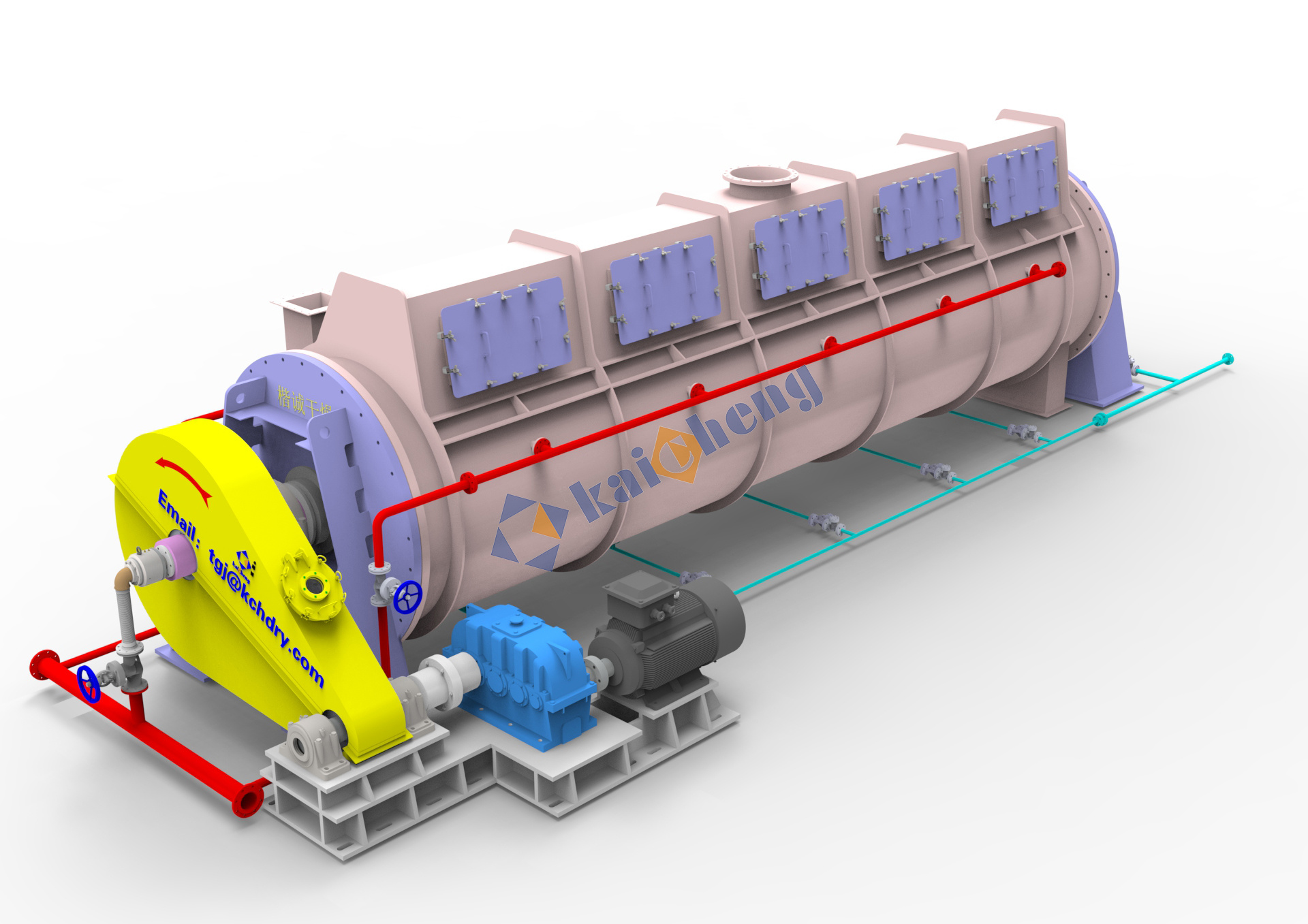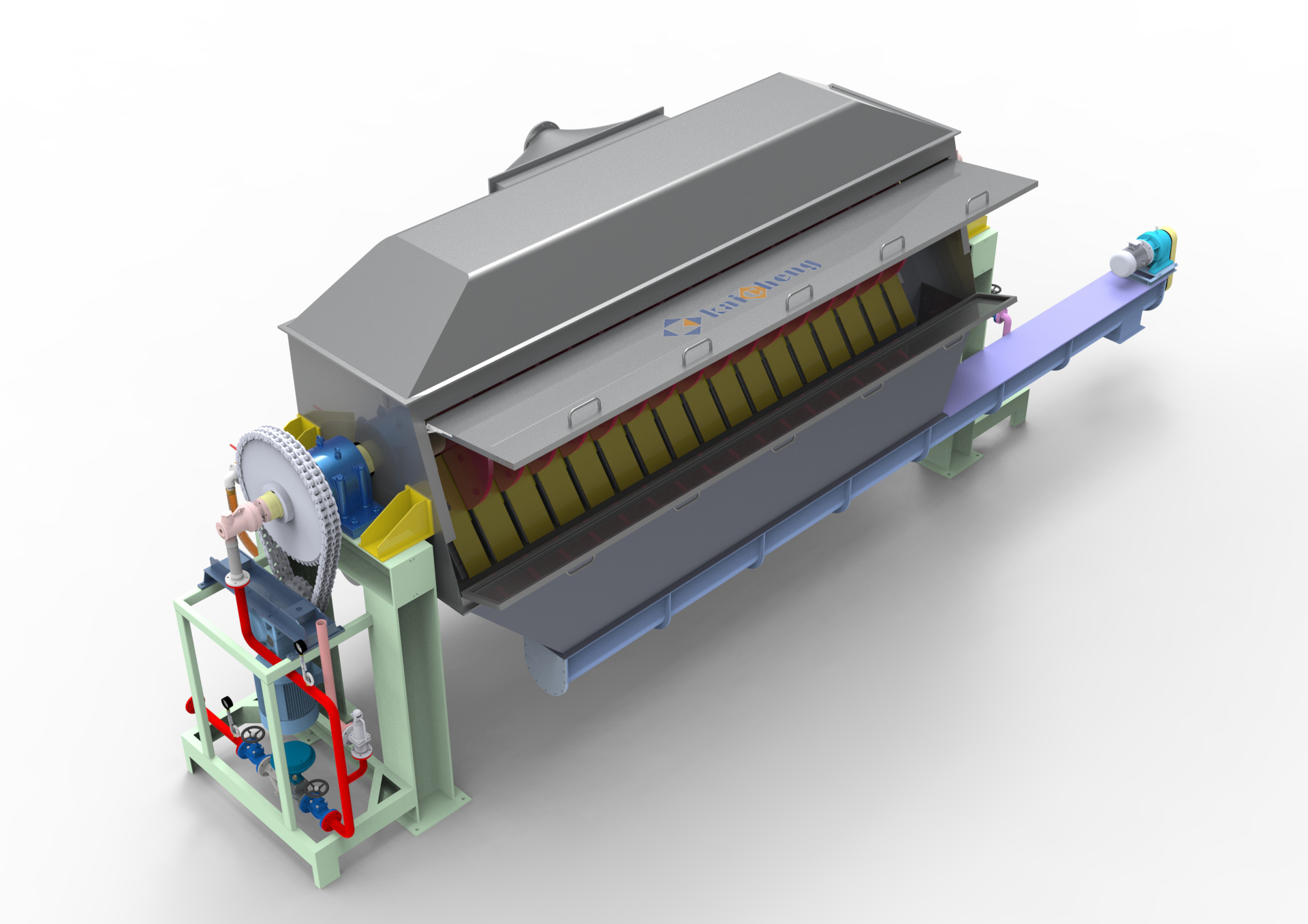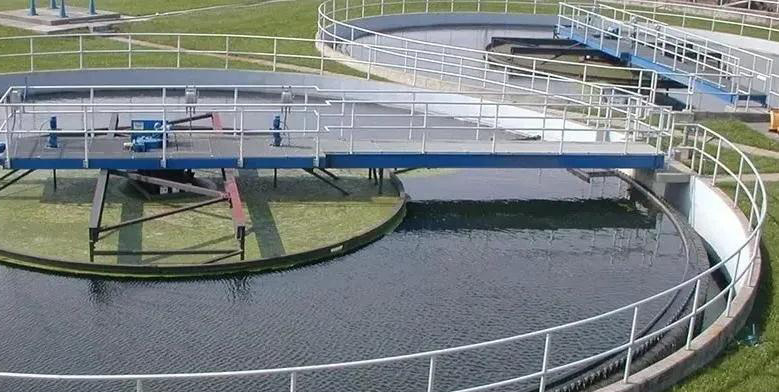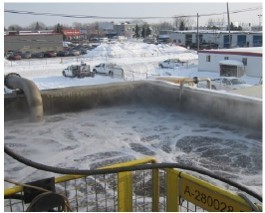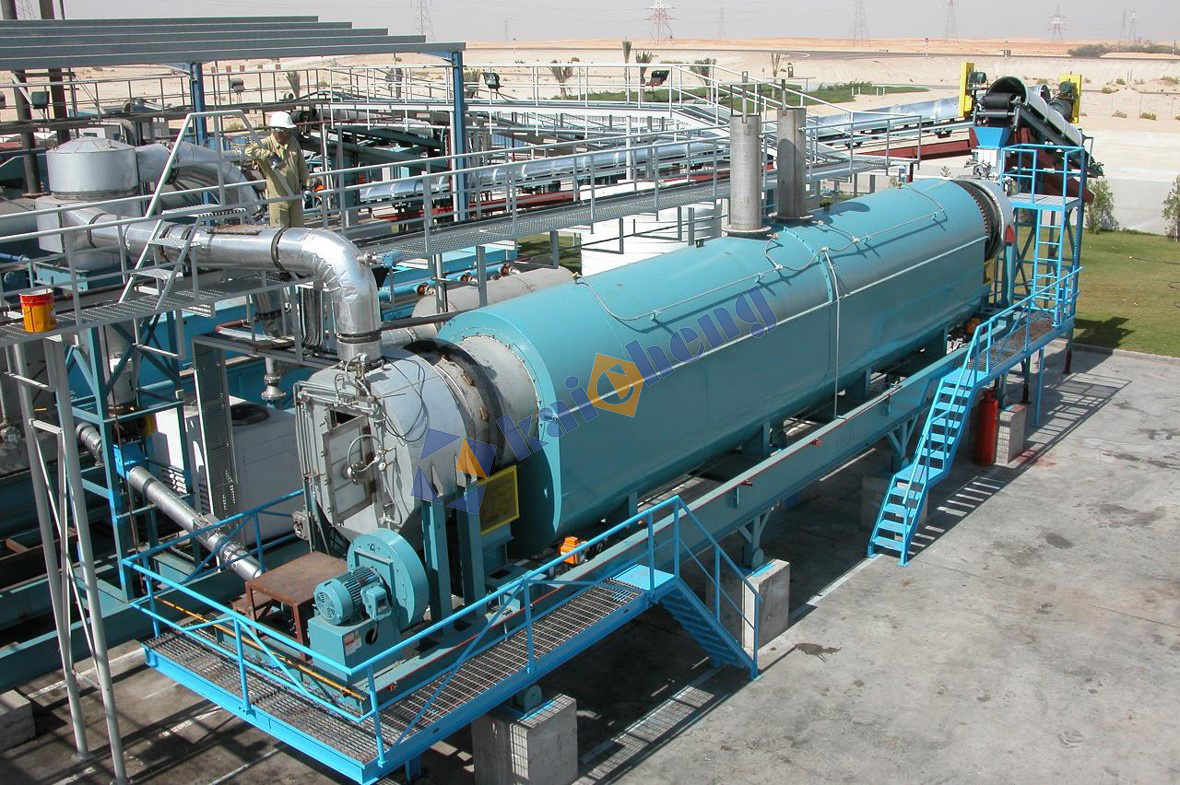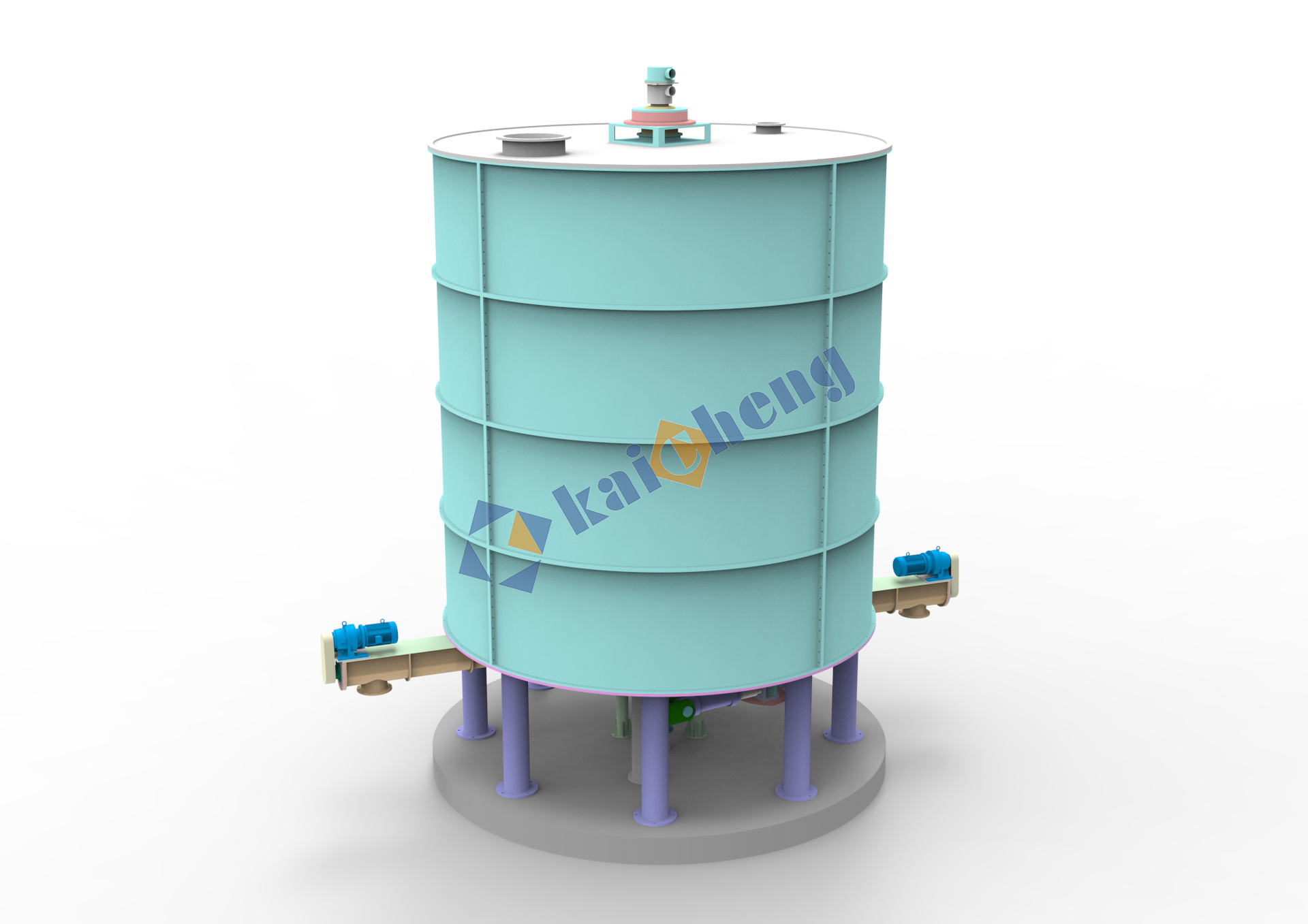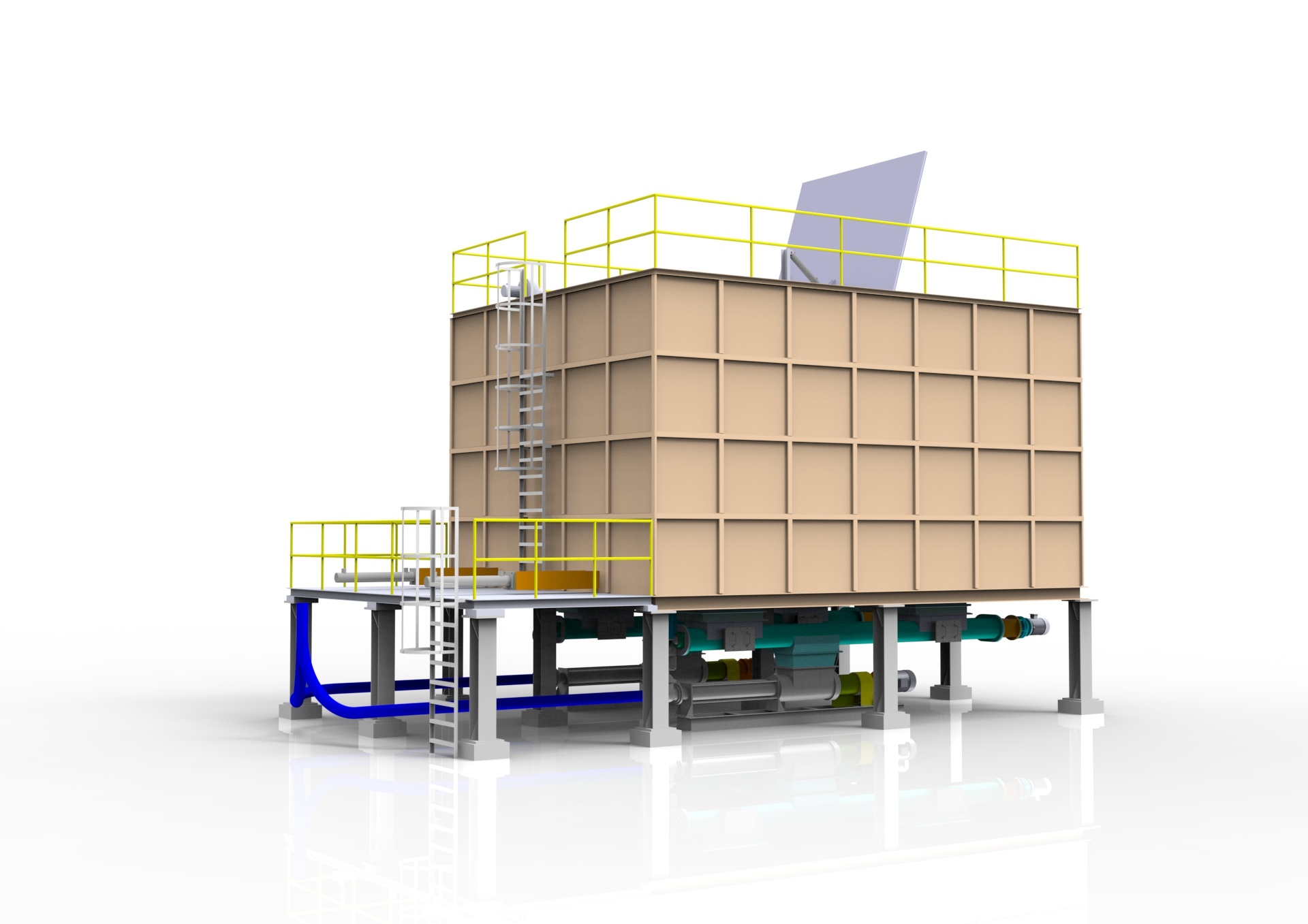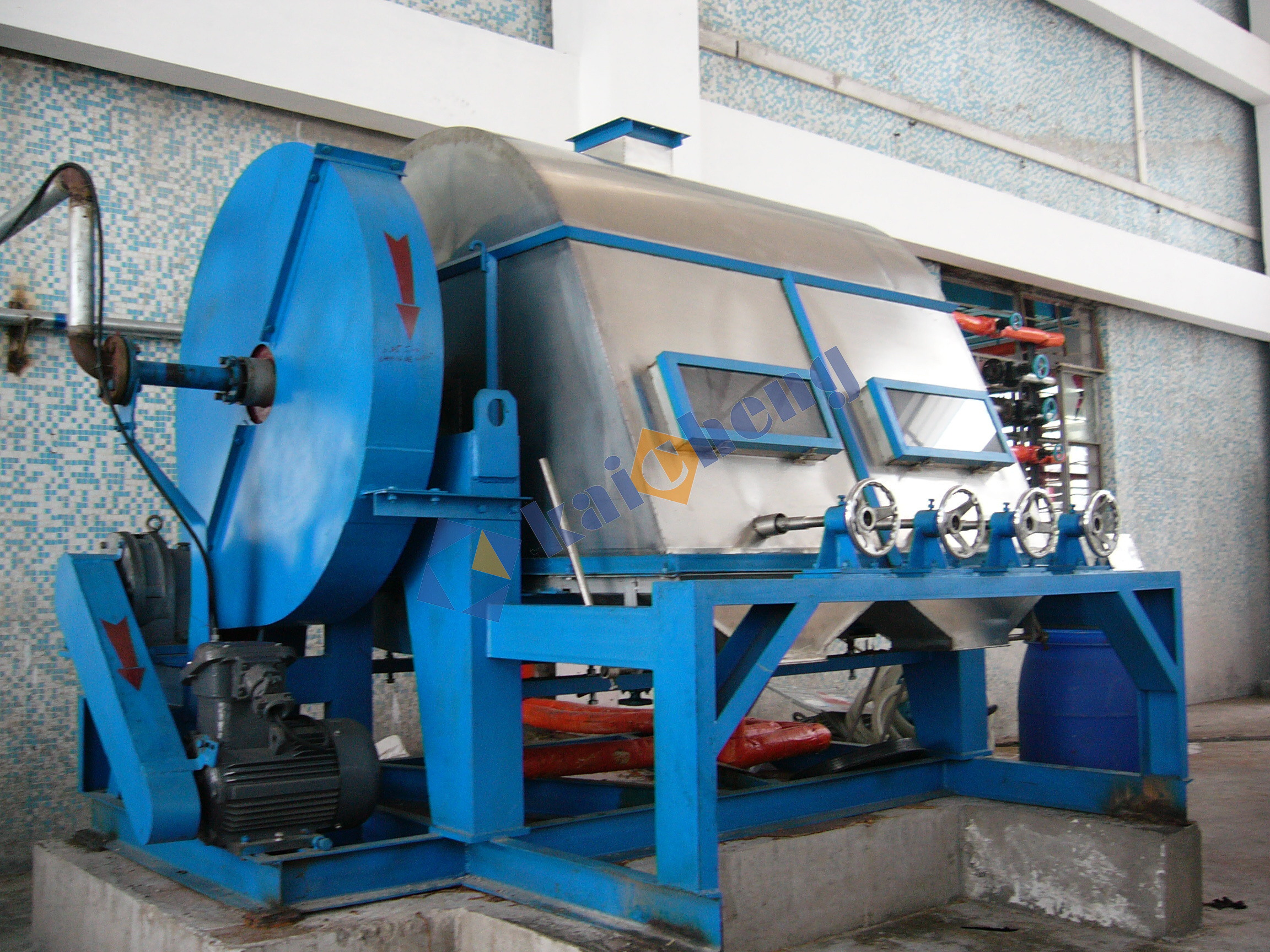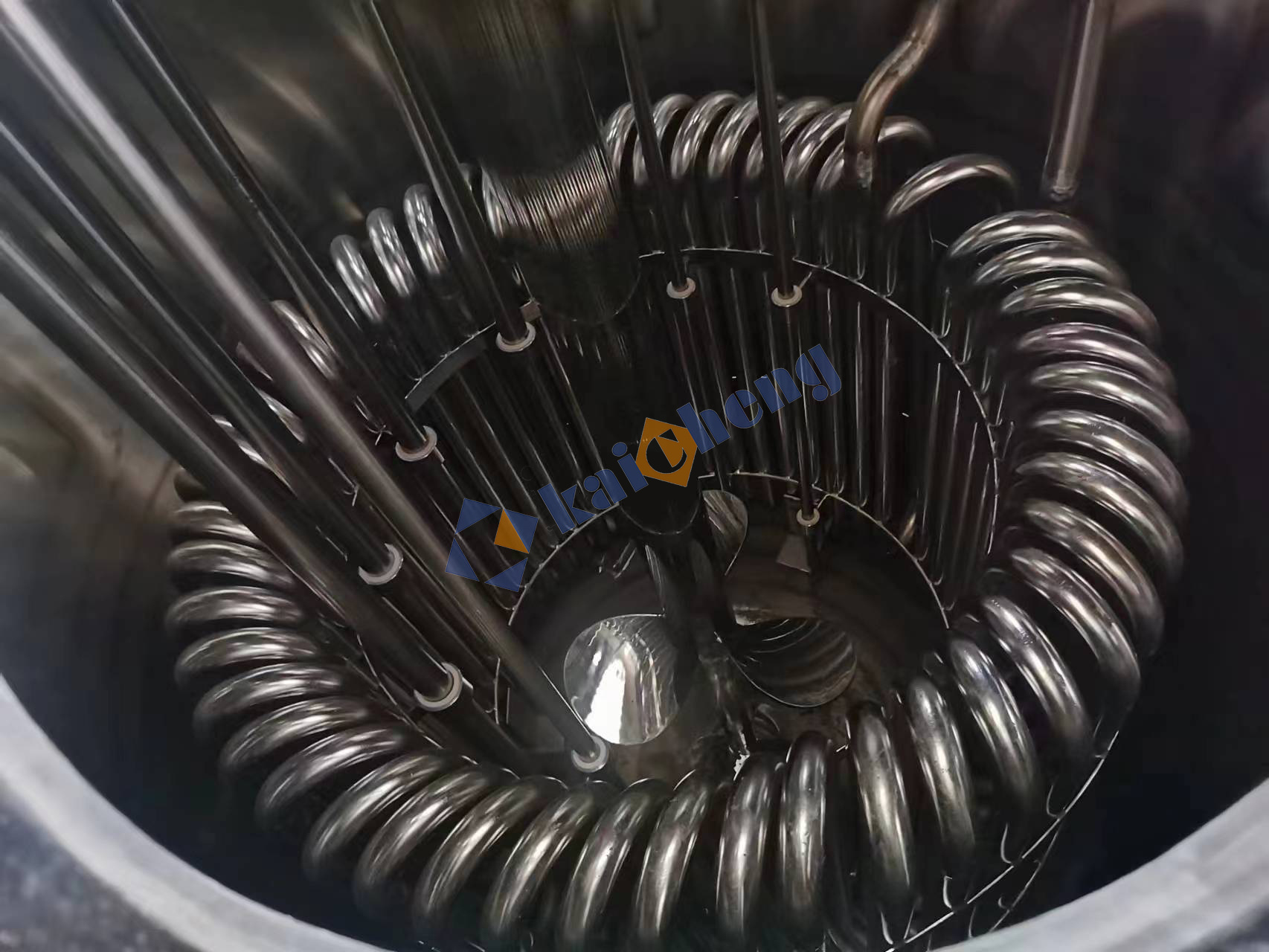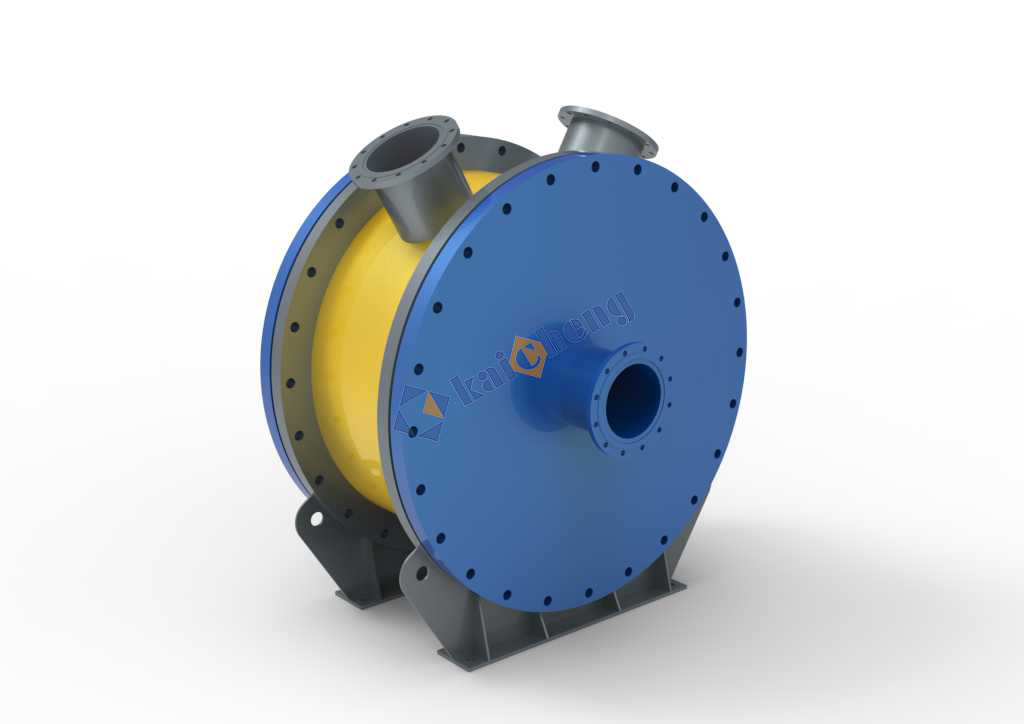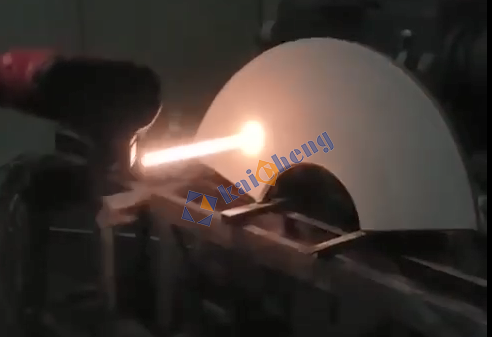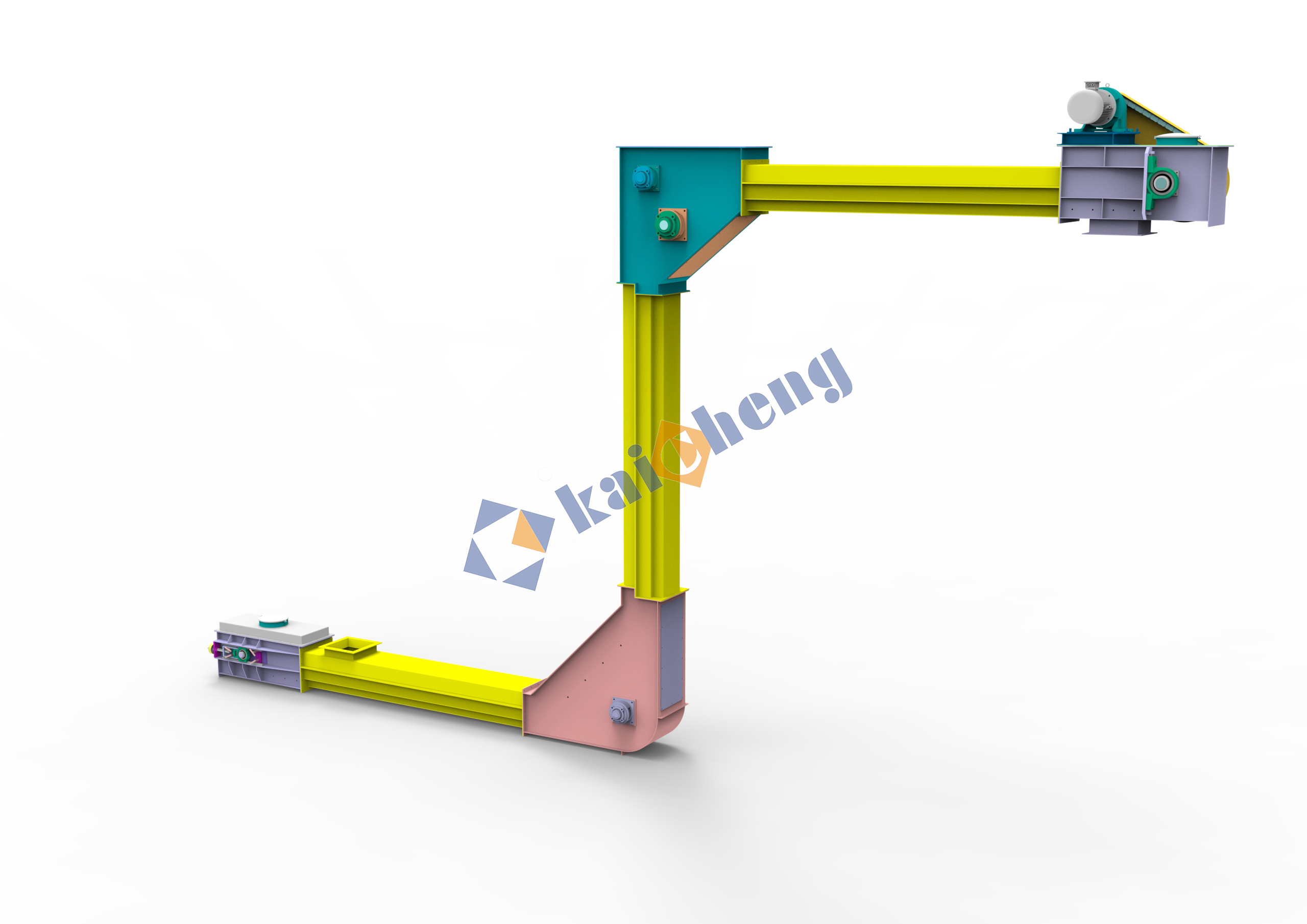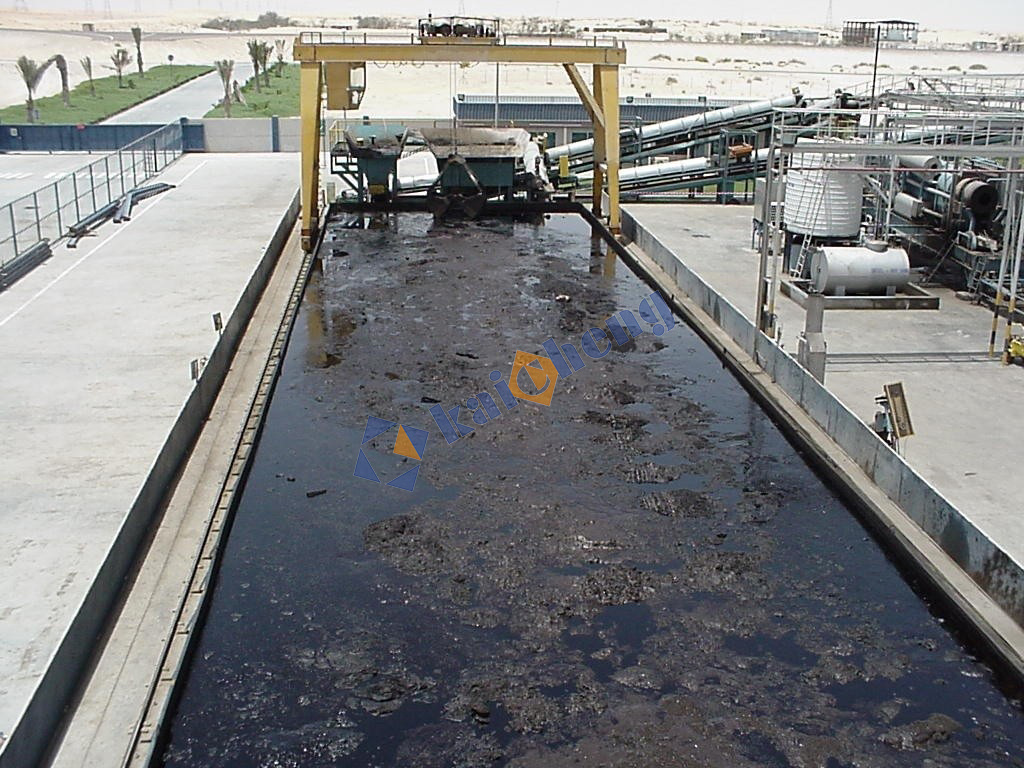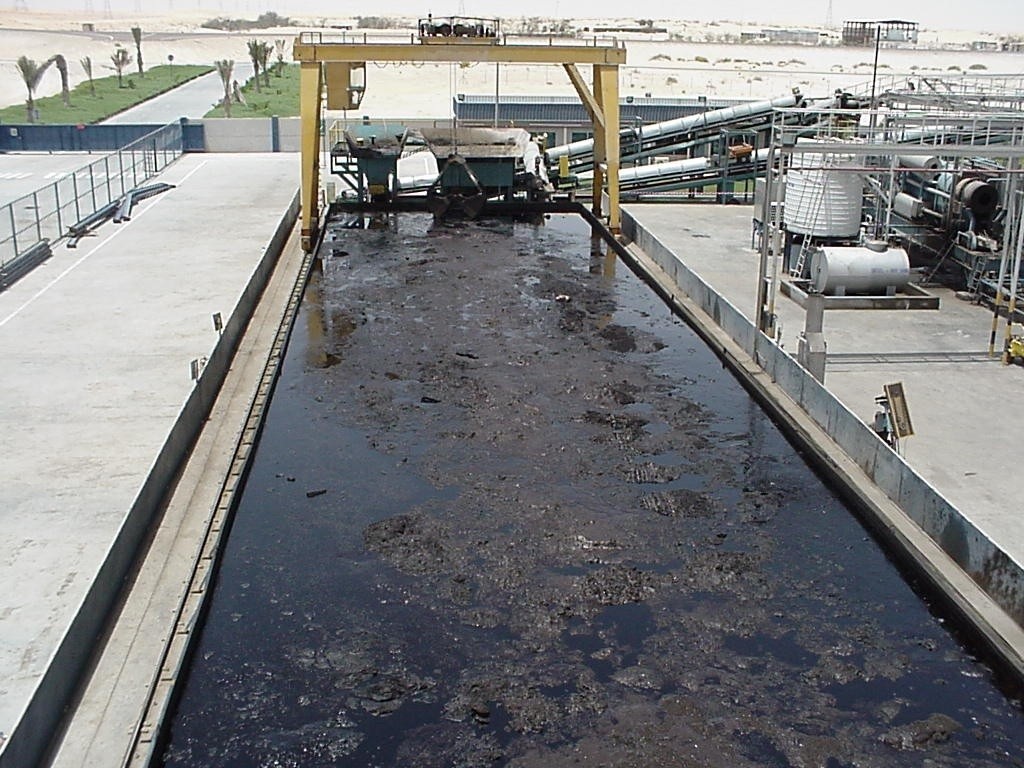Oil Sludge Project Site
Pyrolysis of Oily Sludge
Based on the principles of reduction, recycling, and harmlessness, we have successfully developed a pyrolysis carbonization process for oily sludge, which involves direct thermal cracking of oily sludge without separating the oil from the sludge, directly converting the oil components in the sludge into oil and gas, separating the oil and gas from the soil, and then recycling the oil and gas. This process can reduce the oil content in the soil to less than 0.3%, eliminating the hazardous waste properties of the soil. Moreover, this process is simple and has a short process flow.

Product Attachments:
Keywords: Pyrolysis of Oily Sludge
- Description
- Schematic Diagram
- Parameter
- Result
-
Process Introduction:
Based on the principles of reduction, recycling, and harmlessness, we have successfully developed a pyrolysis carbonization process for oily sludge, which involves direct thermal cracking of oily sludge without separating the oil from the sludge, directly converting the oil components in the sludge into oil and gas, separating the oil and gas from the soil, and then recycling the oil and gas. This process can reduce the oil content in the soil to less than 0.3%, eliminating the hazardous waste properties of the soil. Moreover, this process is simple and has a short process flow.
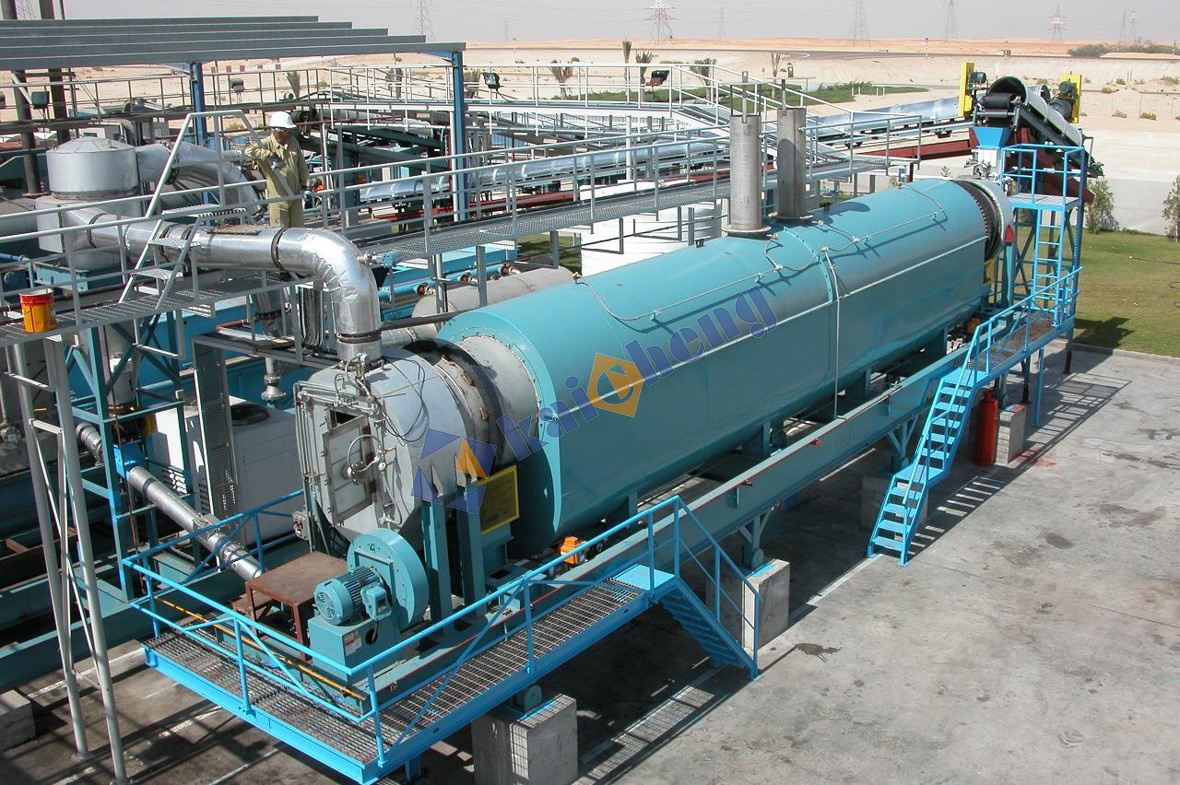
Process Principle:
Under anaerobic conditions, liquid organic matter is gasified into a gas phase through high-temperature carbonization, and solid organic matter is sublimated into a gas phase. Under negative pressure, the gas phase of organic matter is separated from inorganic matter.
The successful removal of hazardous organic wastes in inorganic solid phase materials has made the solid phase harmless, changing the hazardous waste properties of oily sludge and making it a general waste.Adapt to Materials:
- Oily sludge, oil mud, drilling fluid, waste engine oil
- Waste organic solvents, paint, and paint residue
- Various mixed unknown organic mixtures
- Various waste organic substances
- Hazardous waste organic solvents
Pyrolysis Products:
- Oil content ≤0.3%
- Moisture content ≤0.1%
- More than 99.9% of the exhaust emissions are CO2 and H2O
- The oil content in the sewage after pyrolysis of oily sludge is ≤0.5%, and the sewage is discharged up to standard
- The moisture content of recovered oil is less than 2%, which can be directly entered into refining or coking equipment
-
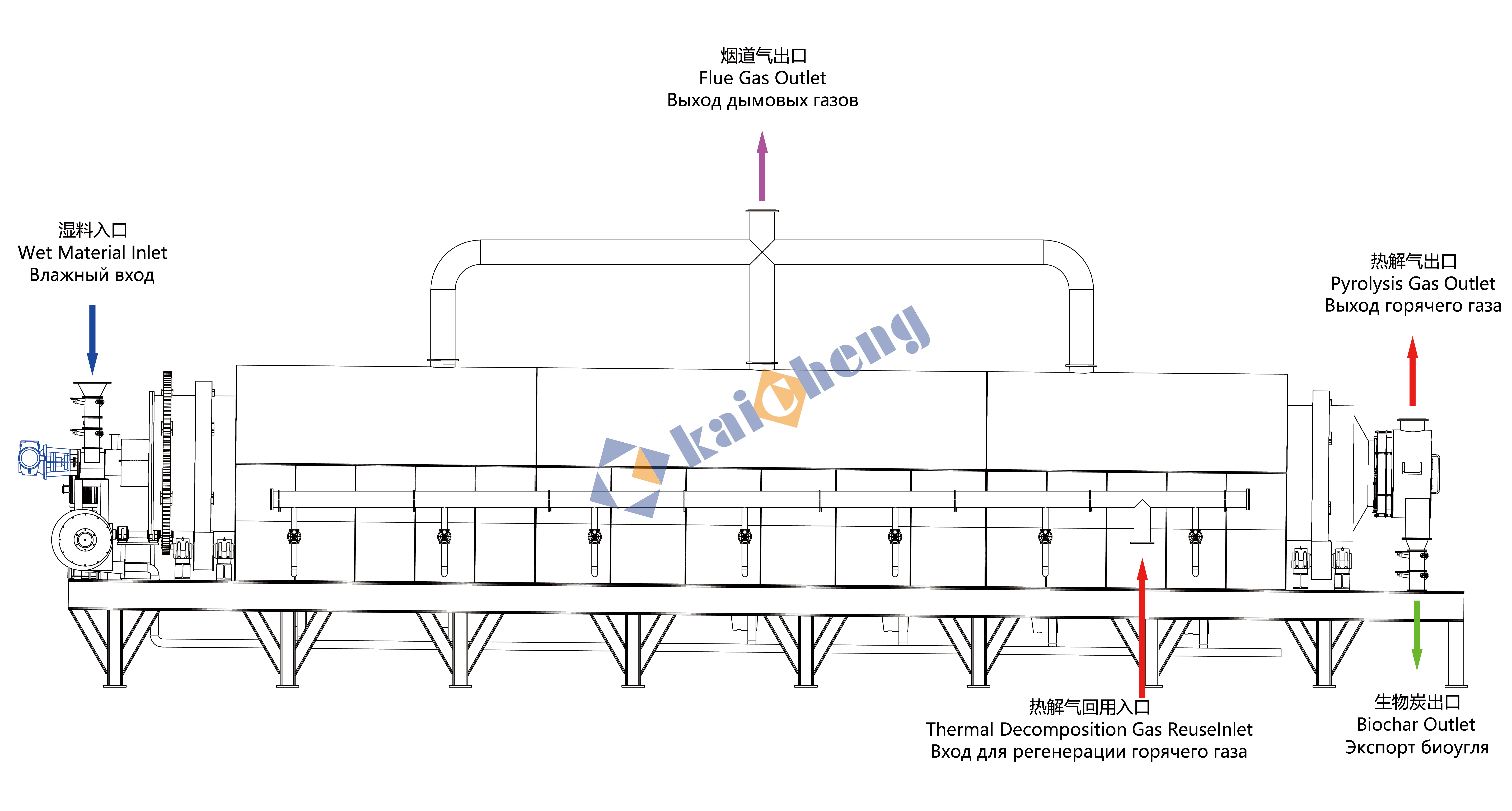
-
Category
Pyrolysis
Incineration
Principle
Indirect heating under anaerobic conditions
Direct heating under aerobic conditions
Operating Temperature
Low temperature (low temperature range 150-315℃, high temperature range 315-650℃)
High temperature (above 1100℃)
Energy Consumption
The operating temperature is low, so the energy consumption is low
High operating temperature, so high energy consumption
Applicability
Applicable to organic material pyrolysis at lower temperatures
Applicable to materials that can be incinerated
Tail Gas Treatment
The pyrolysis gas can be recycled
There is dioxin pollution, and the treatment cost is expensive
Safety Performance
Low temperature and equipped with nitrogen protection system, high safety
High operating temperature, be cautious in the treatment of oily sludge
Operation Management
The process is relatively simple and easy to operate
The process is long, especially the tail gas treatment is relatively complicated
Resource Utilization
Recyclable oil, water, and pyrolysis gas thermal energy
The main thing is to recover heat energy
-
Previous: Drying of Oily Sludge
Your May Also Like
leave A Message
We will contact you as soon as possible







